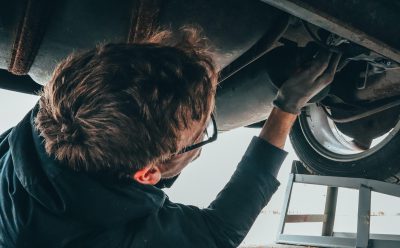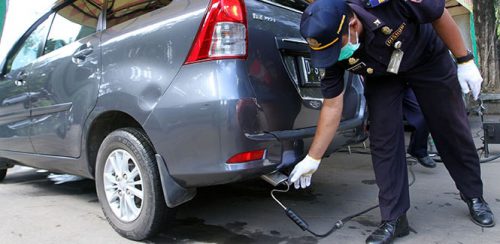Johnson College’s Continuing Education department is currently enrolling students into its next OBD II Emissions Training. The class will be held on the Johnson College campus in Scranton starting Monday, December 13, 2021. The class fee of $180 is paid to Johnson College and a study material and testing fee of $39.99 is paid directly to the PA Training Portal. Space is very limited. For more details visit Johnson.edu/continuingeducation, call 570-702-8979, or email continuinged@johnson.edu.
The OBDII computer monitors a vehicle’s emission control systems in real-time and is capable of informing a motorist or technician of a systemic issue the moment it occurs. The system operates through a series of indicator lights, drive cycles, trouble codes, and readiness monitors. During an inspection, an emission analyzer scan tool plugs into the diagnostic connector that is attached to the OBDII computer and communicates with the vehicle. The OBDII computer relays to the scan tool whether it has discovered errors in the emission control systems. The emission analyzer then determines whether the vehicle is being operated in compliance with emission standards.




